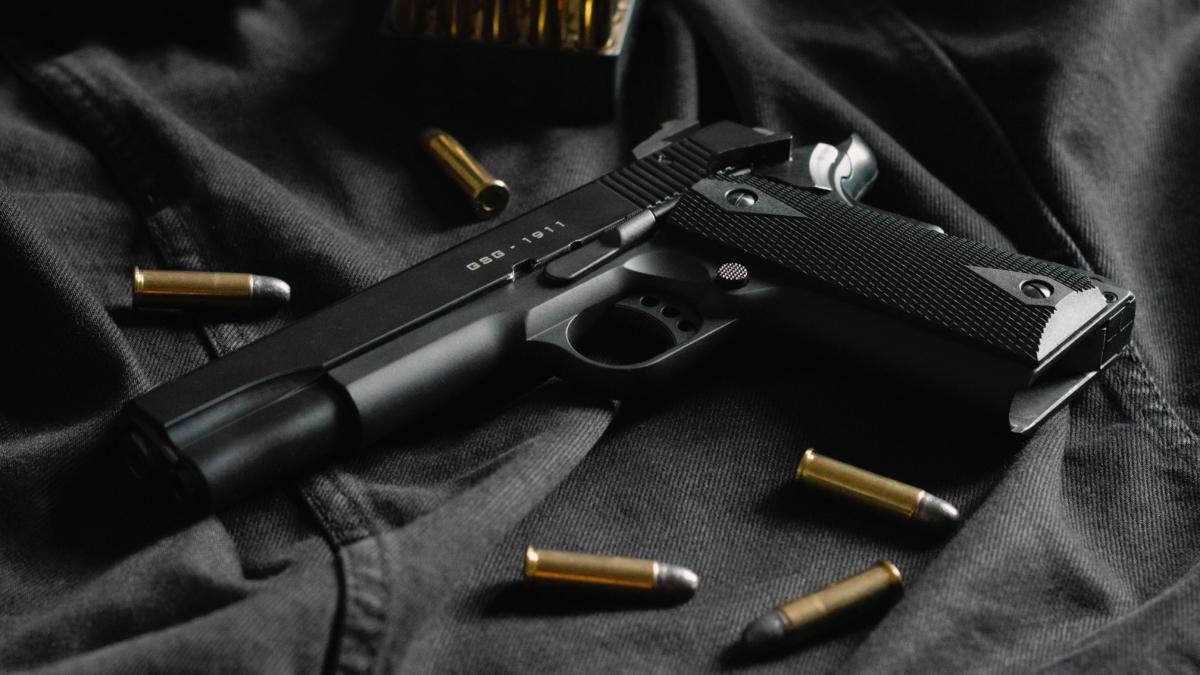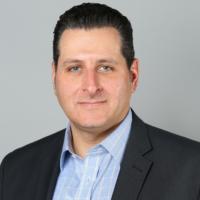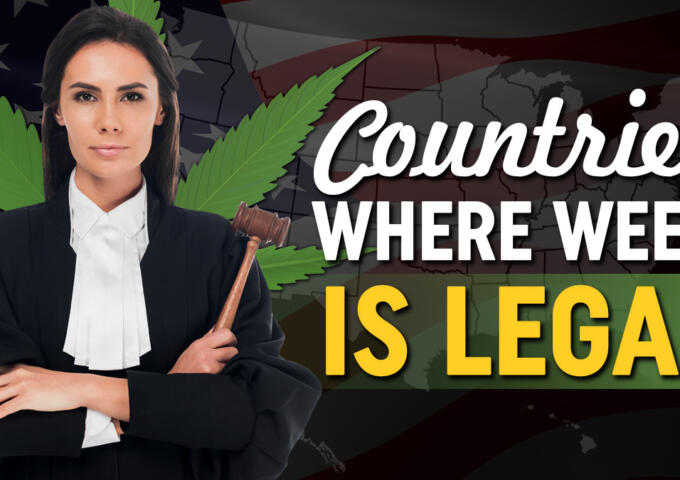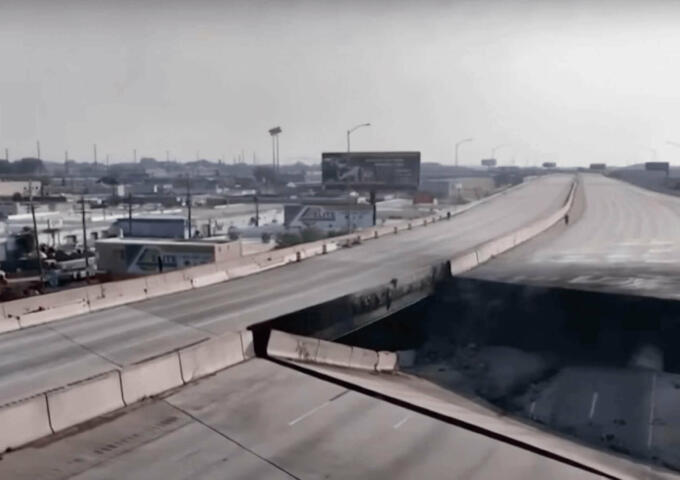Philadelphia had more murders in the first half of 2021 than the entire year from 2013 to 2017, denoting the grim reality that neither elected nor appointed leaders have a plan to stop the rise of violent crime in the city. Meanwhile, the media have universally labeled the seemingly uncontrolled crime uptick as a “gun violence” epidemic. By using the term “gun violence” instead of the legal definitions of murder, attempted murder, and assault, the accountability for the criminal who committed these violent crimes is semantically shifted to the mere tool they illegally used to victimize others.
Furthermore, by labeling a preventable surge in violent crime as “gun violence,” we are failing to hold our state and municipal leaders accountable for refusing to enforce the law and address the criminality that is slated to cost between 500 and 600 Philadelphians their lives by the end of 2021. This is not a new phenomenon. For over a century, politicians have been trying to obfuscate their responsibilities to keep their constituents safe by trying to shift the blame to gun control laws.
Economist and native Philadelphian Walter E. Williams is famously quoted by saying, “Most of the great problems we face are caused by politicians creating solutions to problems they created in the first place.” Williams’ quote applies when reviewing our official response to the alarming rise in murders impacting Pennsylvania’s most vulnerable population.
“It is a fact that less than 1% of the time, legitimate gun owners discharge their firearms, and usually when that occurs, it is done legally in defense of themselves, in defense of family member(s), in defense of an innocent victim, or in defense of their property,” said a senior Philadelphia police commander, who spoke to PW under a condition of anonymity due to a fear of reprisal from the department. “We do not have people with gun permits and registered firearms, going around the streets of the city, randomly shooting people. Recidivist criminals, the overwhelming majority who were let out by [Philadelphia District Attorney] Larry Krasner, are committing the shootings.”
One of the earliest American gun control laws was the Sullivan Act, enacted in the state of New York in 1911. The act did little to curb violent crime in New York, which peaked through the 1970s to the 1990s. This steady rise in New York’s violent crime rate was stopped in the mid-1990s, following the elections of Gov. George Pataki and Mayor Rudolph Guiliani, who focused on law enforcement as opposed to new laws that do little when existing ones go unenforced.
Instead of the successes of the Guiliani administration marking a sea change in municipal accountability, federal, state, and local politicians are still using terms like “gun violence” and proposing a myriad of costly strategies to avoid accountability for their constituents’ safety. Here in Pennsylvania, this became evident in March, when Gov. Tom Wolf and Attorney General Josh Shapiro took part in a “gun violence” town hall organized by CeaseFire PA. It was during this virtual event that Wolf admitted to an increase in violent crime in Pennsylvania, by saying “2020 gun violence rates were up all across the board.” Wolf went on to say, “Last year we saw more firearm-related murders, more shootings, more mass shootings.” In response, Wolf advocated for changes to Pennsylvania gun laws.
Similarly, Shapiro said it’s time for change, saying, “You can be both pro-Constitution and pro-common sense and pro-public safety.” In response, House majority spokesman Jason Gottesman, said in a statement that “new gun laws will only lead to more opportunities for illegal gun use and will do little to prevent the senseless tragedies that have recently occurred.”
Those on the street have a clearer perspective to the issue. Mike Bresnan, head of Local 22, the union representing the city’s firefighters and paramedics, said, “This isn’t about guns, it’s about a total lack of accountability by our city’s criminal justice leaders.” Bresnan continued: “Every day, our members treat and transport repeat victims of violent crime, addiction, and accidents.”
At a national level, homicide rates are at levels not seen since 1998. In June, the Biden administration offered its comprehensive plan to address the problem. The Biden plan contains firearms regulation, federal resources to support local law enforcement, community violence interventions, social services, and support for released prisoners. Biden describes his strategy as focusing on the disruption of two hazardous forces: “the ready availability of illegal firearms and the willingness of people to use them.” The problem with Biden’s strategy is it remains focused more on firearms used to commit crimes, which already violate existing law, and less on facilitating and assisting municipal law enforcement. This may be because of the inconvenient fact that the root cause of rising crime is directly correlated to state and local policies implemented by the progressive wing of his party.
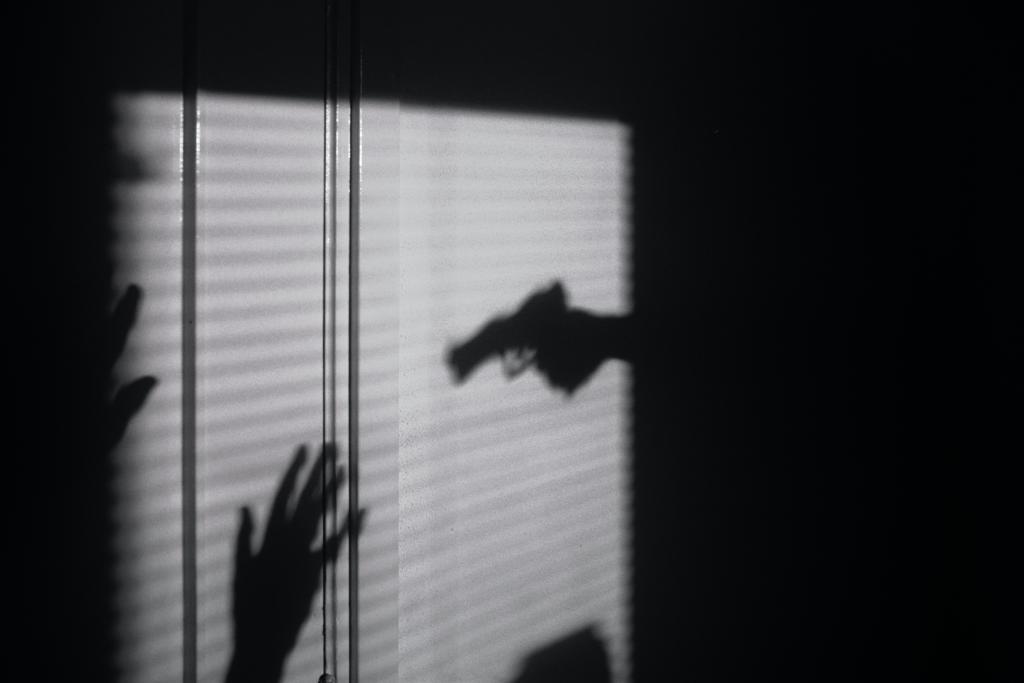
When looking at the cities that account for the majority of the violent crime increase over the past two years, there is a clear link to the election of a radically progressive prosecutor or a criminal justice reform law enacted by state legislatures, which limit traditional bail and charging thresholds. These policies were enacted in the name of racial equality, but the resulting murders and shootings victimized disadvantaged communities with historically high rates of violent crime.
Locally elected prosecutors, mayors, and state legislators failing to incarcerate violent criminals has directly contributed to rising murder rates. While charges are declined and bail is granted in arrests where the cycle of criminality could have been interrupted, criminals graduate to more violent acts. Meanwhile, declining morale among the ranks of law enforcement has resulted in less active policing. In an almost tone-deaf manner – President Biden, Gov. Wolf, and Mayor Kenney’s answer to this issue is to further restrict the rights of citizens who seek to legally protect themselves.
“Many of our firefighters and medics are also assaulted in the line of duty, but the criminals committing these crimes rarely face prosecution from Larry Krasner,” said Bresnan. “This means that we’re forced to encounter victims of criminals that are left on the streets to harm the community, instead of being behind bars. And it makes it that much more difficult for our members to carry out their duty of caring for the citizens they swore to protect.”
If our leaders truly wanted to get control over the issue of rising crime, history has already shown us that enforcement is the answer. When examining the uptick in shootings, perpetrators and victims have similar profiles; young men, most often under the age of 25, concentrated among interlinked social networks like gang affiliation or shared neighborhood. The vast majority of guns used in shootings are illegally obtained, with removed serial numbers, bought from straw purchasers, or are stolen.
The Biden administration seeks to restrict illicit gun sales by hiring additional Bureau of Alcohol, Tobacco, Firearms and Explosives agents and launching firearm trafficking task forces in several jurisdictions. At the same time, they seek to provide the public with more information about delinquent dealers, increase taxes on guns and ammunition, and prohibit trade in certain types of guns and accessories.
These initiatives seek to lessen the number of illicit guns on the street in the future but are unlikely to address the rise of murders in violation of numerous existing gun laws. That’s because the guns that are driving the current homicide spike have long been possessed illicitly, changing hands periodically, often within a criminal subculture. As is demonstrated by high shooting rates in cities like Chicago, Washington, D.C., and New York whose highly restrictive gun laws have been subject to constitutional scrutiny, neither proximity to licensed gun dealers nor legal gun laws have been predictive of armed crimes among the groups that have seen the greatest increases in shootings.
With over 390 million firearms owned in the United States, the Supreme Court has affirmed that the Second Amendment protects an individual’s right to possess a firearm. Therefore, many Pennsylvanians are critical of the governor’s gun control focus, while little has been done by prosecutors like Shapiro and Krasner to increase the law enforcement and prosecution of those in violation of existing laws.
New York’s example of the 1990s shows that effective policing and prosecution turns up illegal firearms and removes parole/probation violators and wanted criminals from the streets before they graduate to murder. Pennsylvania voters should be holding officials accountable and demanding they move away from the specter of a “gun violence epidemic” and toward proven strategies to address the immediate life and death issue of violent crime. Police departments cannot flatten the rising rates of murder alone: they require the partnership of our state and local prosecutors and correctional authorities supported by the funding and coordinating capacity of the federal government to assure that their duties are not performed in vain.
@PublicSafetySME
